2008
Director: Dave Filoni
Written by: Henry Gilroy, Steven Melching, Scott Murphy
Voice Cast: James Arnold Taylor, Matt Lanter, Ashley Drane, Tom Kane, Christopher Lee, Samuel L. Jackson
There’s a noticeable lack of grandeur in the very first minutes of Clone Wars. Gone is the scrolling text, replaced by a recap montage and a Starship Trooper-esque commentary which would feel more at home in Futurama. Had this been a Matt Groening production we would already be laughing, in on the joke. Yet this is Star Wars, and Lucas and his many subordinates are not big on satire or irony. Or indeed the declining public perception of their space opera universe.
In probably the weakest plot to have graced any Star Wars spin-off, Jabba the Hutt’s son Rotta (though he is more frequently referred to as “Stinky”) has been kidnapped by the Dooku led Separatists, who hope to dominate the Hutt trading routes. And, er… that’s about it. Cue ninety minutes of action as Anakin Skywalker, Obi-Wan Kenobi and Yoda jet off to save him. Set between Episodes II and III, this film is more in tone with the former, with the reckless and difficult to like Anakin continuing to demonstrate why he should never have been trained in the ways of the Jedi. On the plus side, the woeful Lucas trade politics have been trimmed down; though they’re still present in one cringingly out of place scene.
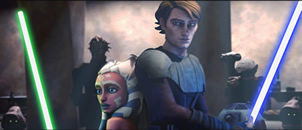
Amongst the familiar faces there are several new additions to the Star Wars universe. Though she originally appeared in the more inventive Genndy Tartakovsky 2003 Clone Wars series, Dooku’s Sith apprentice Asajj Ventress has a far more prominent role here. Like Darth Maul she’s a visually impressive villain with a cool lightsaber gimmick but little in the way of personality; she’s emrely evil for evil’s sake. Ahsoka Tano, Anakin’s sudden and unappreciated padawan, is clearly aimed at the younger audience. Spunky, motor-mouthed, and somehow less annoying as the film progresses, she’s far from the ext Jar Jar Binks, and is arguably one of the few characters in the entire prequel chapter with any spirit. More suited to the Jar Jar comparisons is Ziro the Hutt, who is best described as a blend of Jabba the Hutt and South Park‘s Big Gay Al. Even in this Henson-puppet populated universe, he’s one of the most bizarre aliens ever conceived; thankfully his screen time is short.
The Clone War‘s Supermarionation inspired art direction has picked up a far greater number of detractors than fans. Admittedly it is initially off-putting. The backgrounds are flat digital paintings, while the coarse character models look as though they’ve been scrubbed with acrylic paint. Obi-Wan Kenobi’s beard is strangely solid like a Grecian statue’s. In many ways Anakin and company look more like action figures than digital actors; quite ironic given the nature of this franchise.
Had this film been broadcast in its original format, it just might have been hailed as a masterstroke in movie-to-television franchise expansion, and its computer generated characters placed at the top of their game. While I for one enjoyed the super-stylised animation style, the fact remains that placed alongside the likes of Wall E and Shrek, The Clone Wars lacks the polish to justify its big screen promotion.
So how does The Clone Wars compare to the most recent live action features? Surprisingly well, really. Many people flocked to cinemas (albeit in comparatively modest numbers) anticipating the seventh Star Wars movie. I shuffled to my multiplex expecting to watch three episodes of a Saturday morning cartoon edited together. And that’s exactly what we get. Star Wars does feel at more at home when inhabited by computer rendered entities as opposed to actors hamming it up against green screens; both the effeminate Ziro and the ridiculously ineffective droid army are definitely more forgivable in the context of a children’s cartoon.
6/10

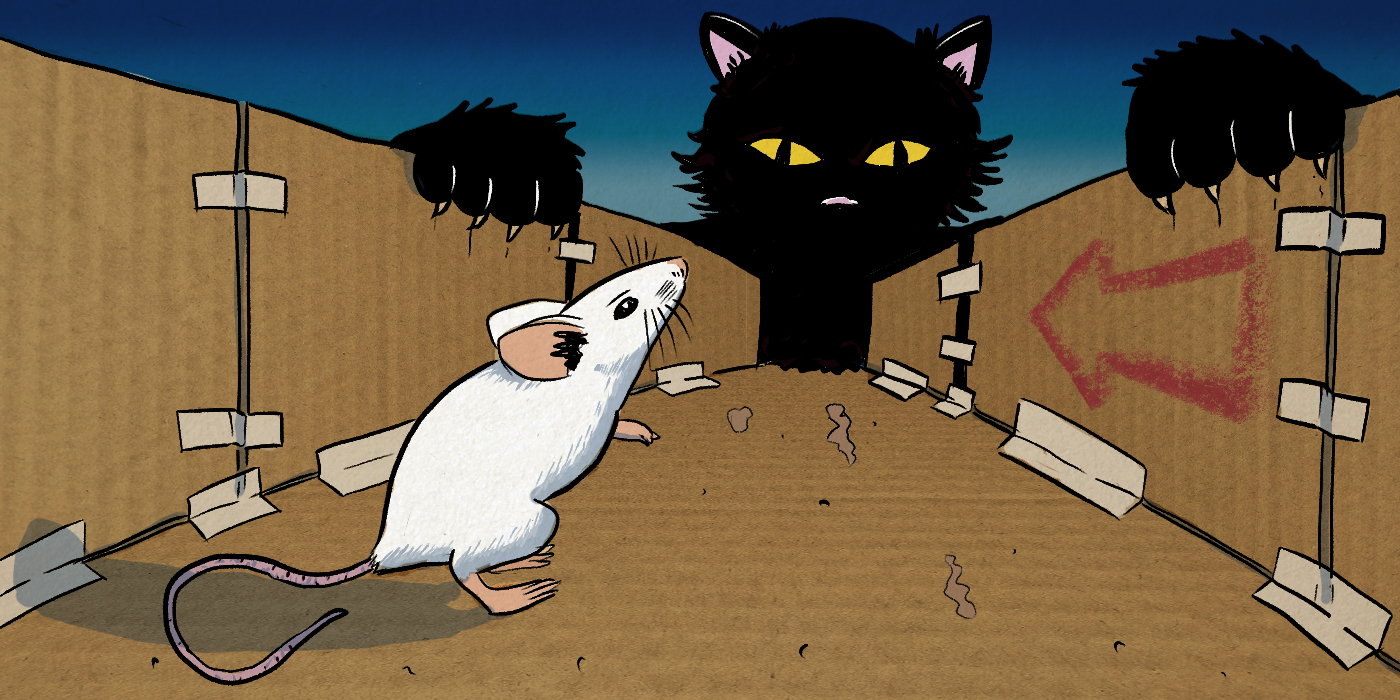
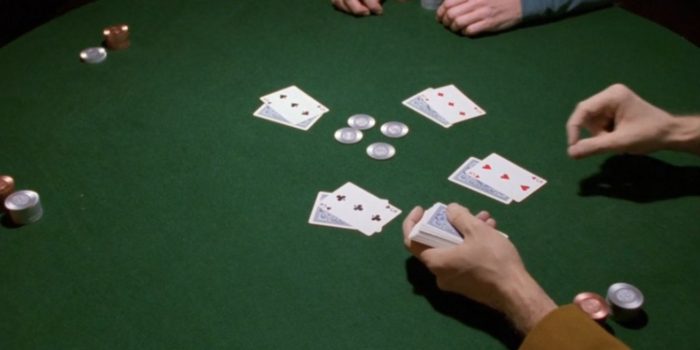
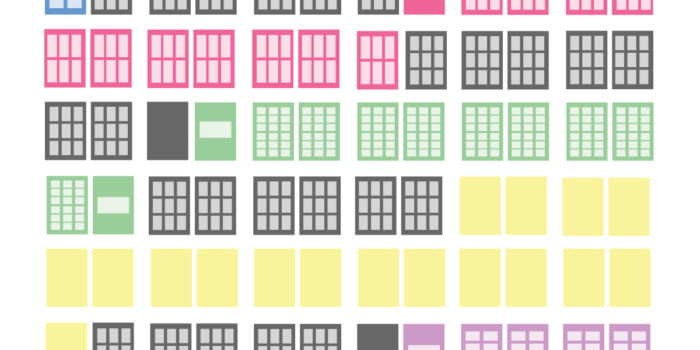
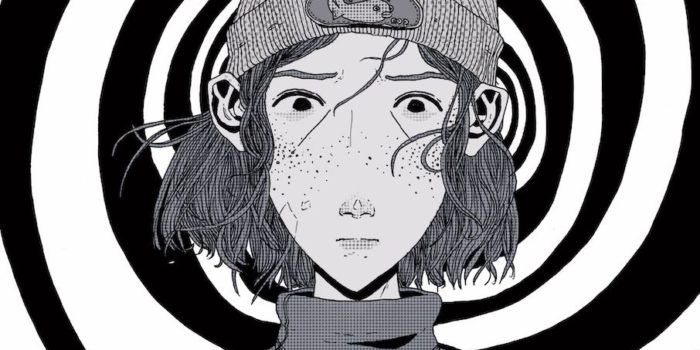
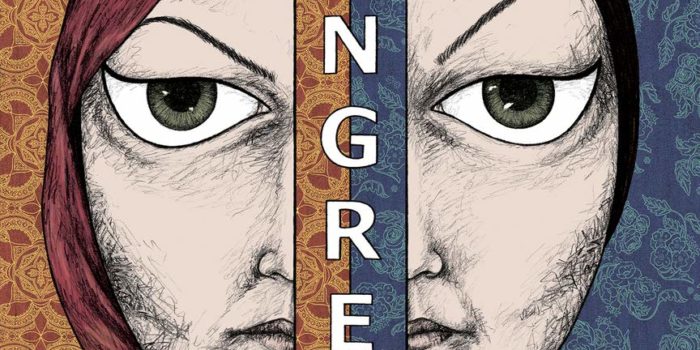
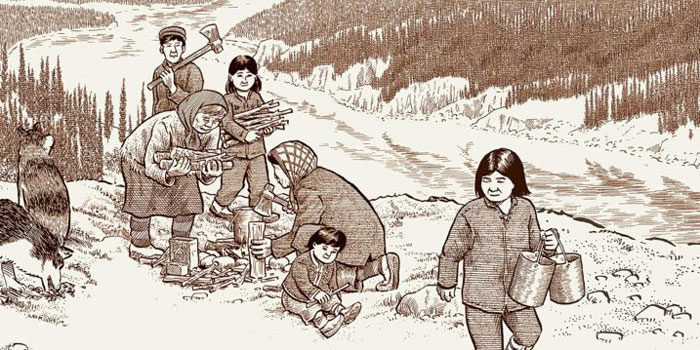
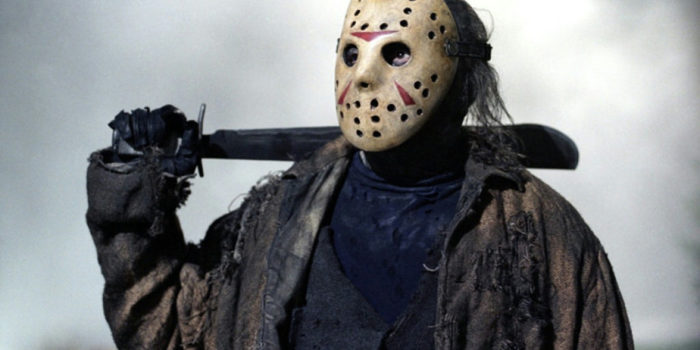
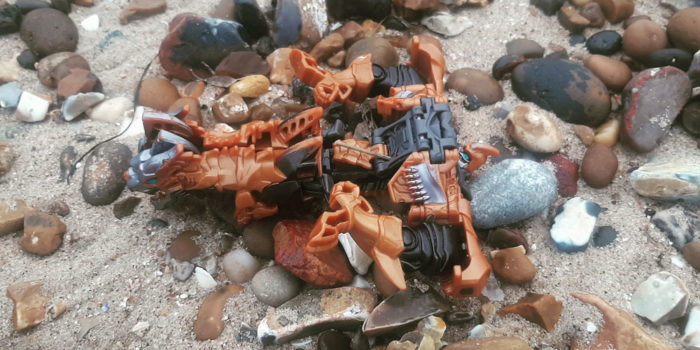
Leave a Reply